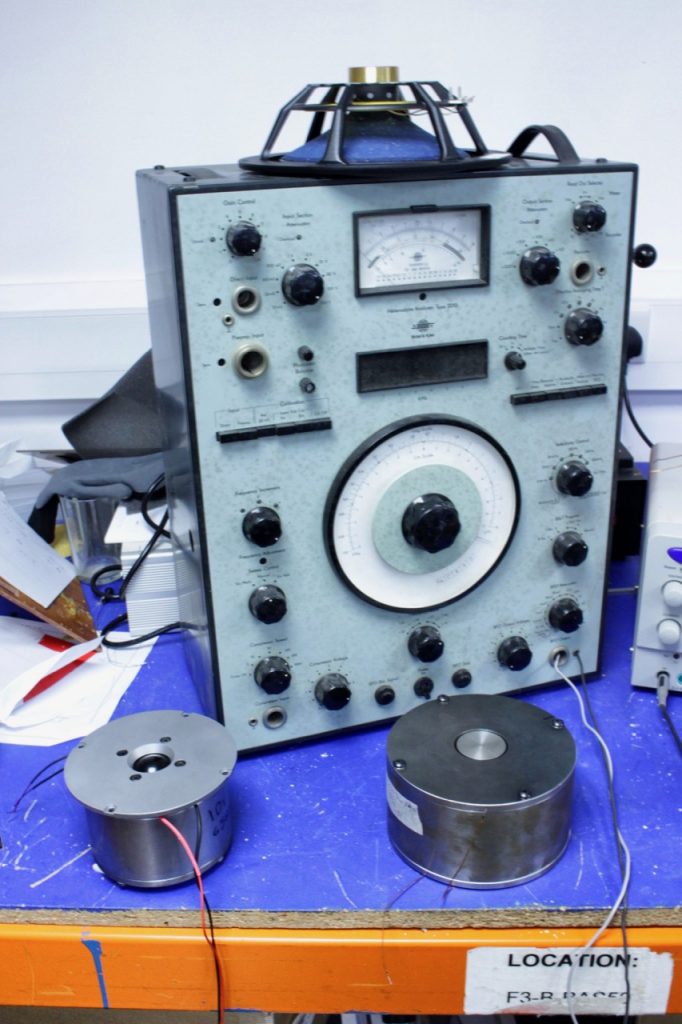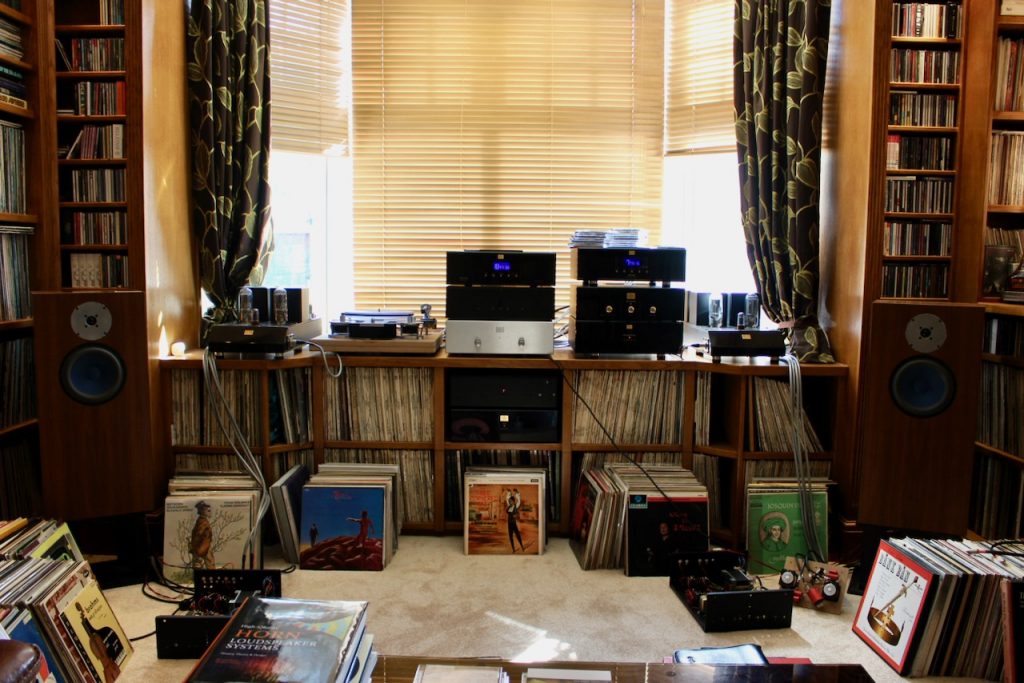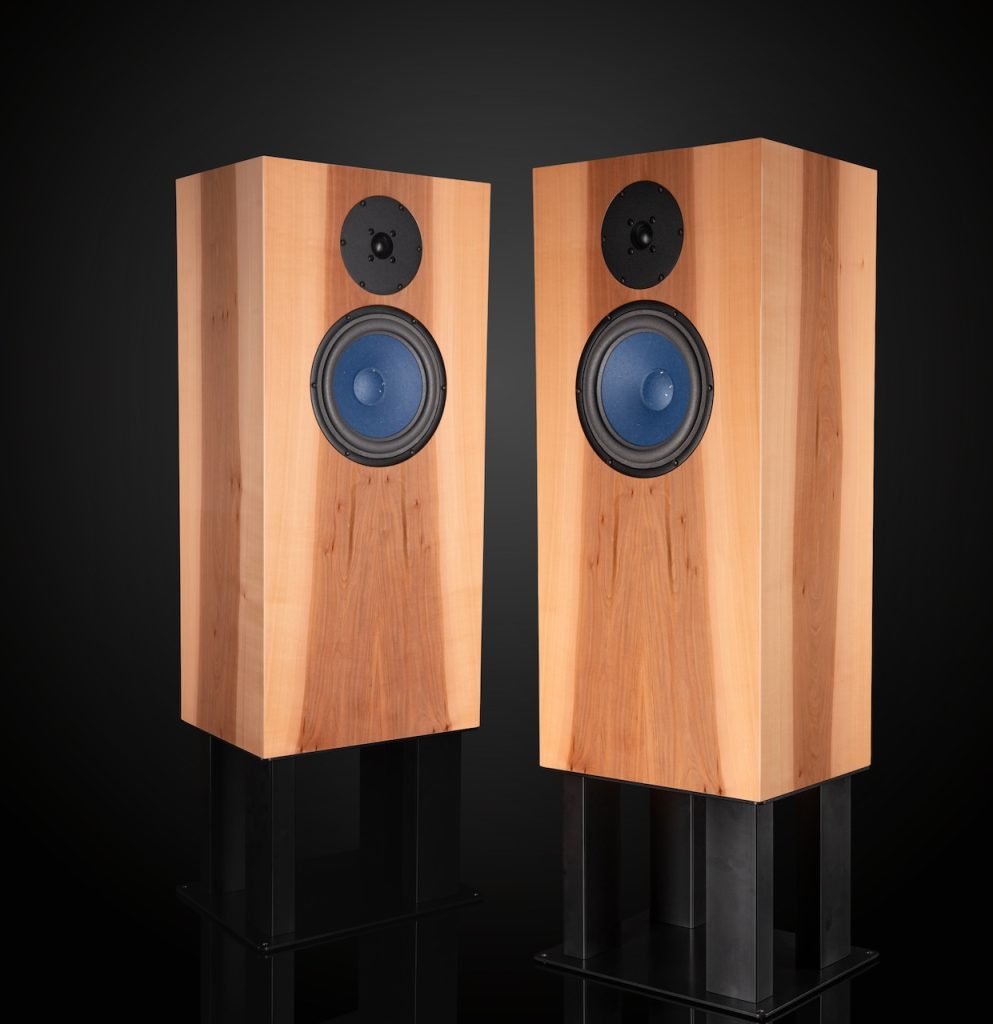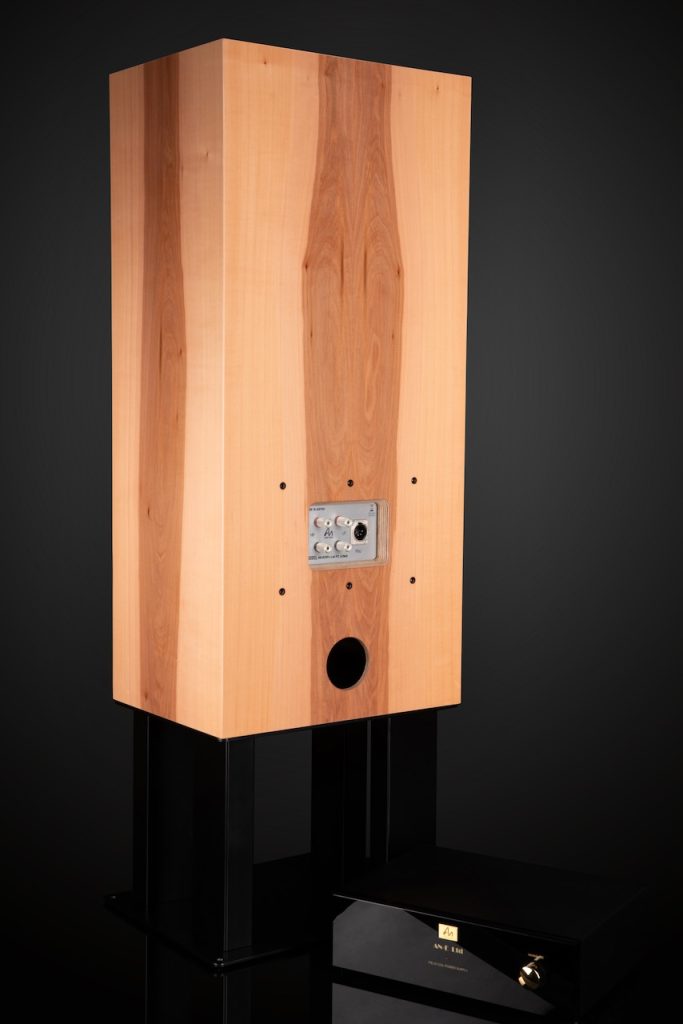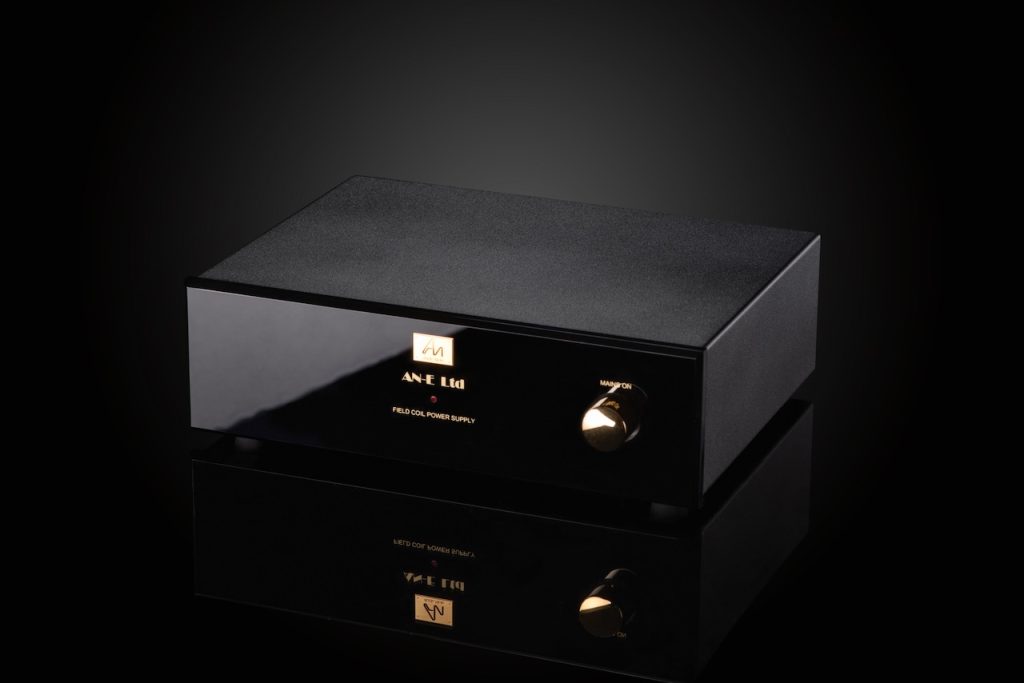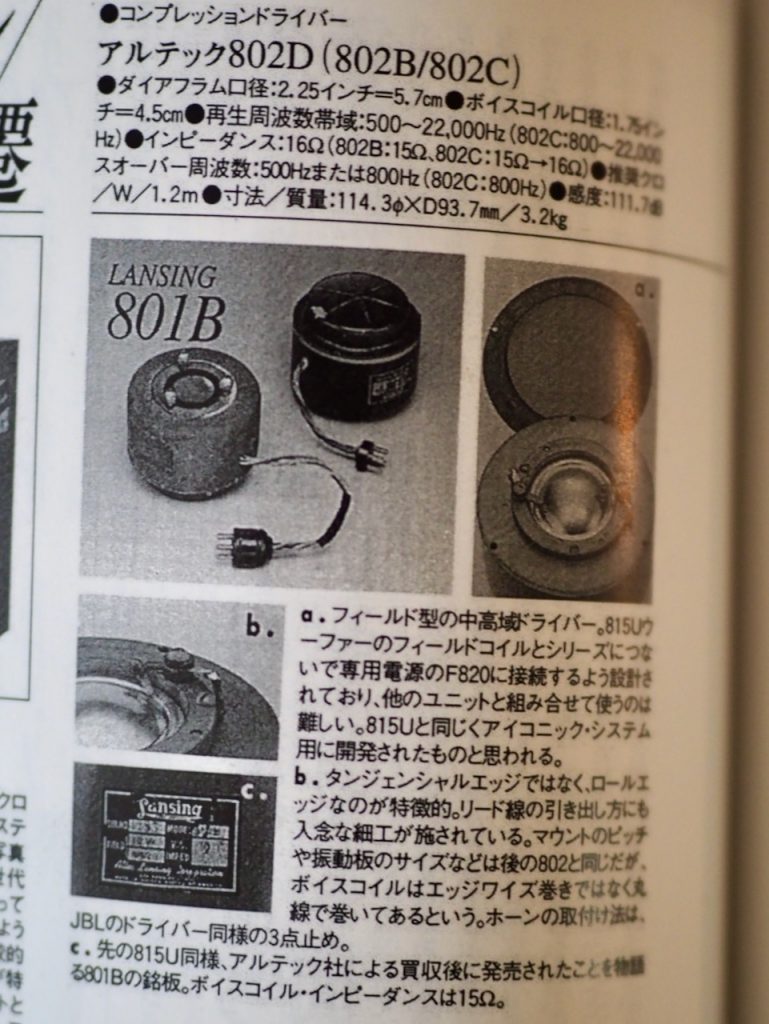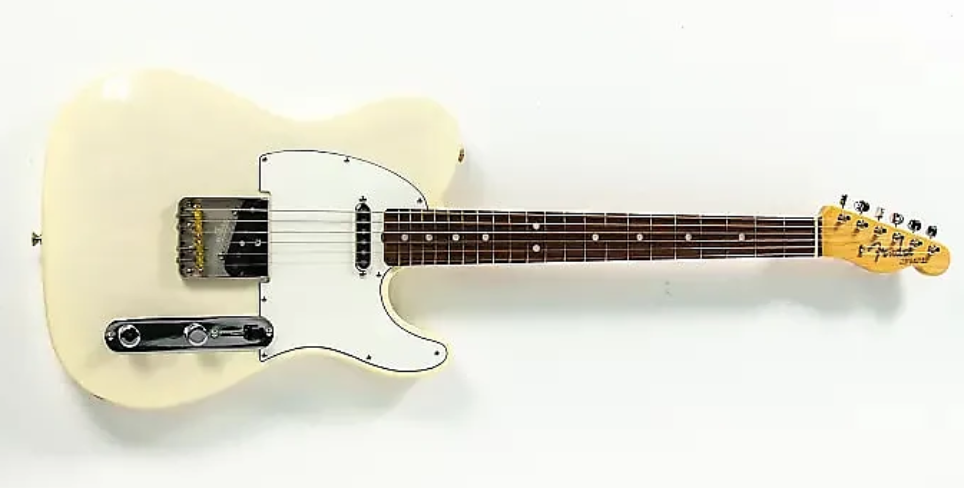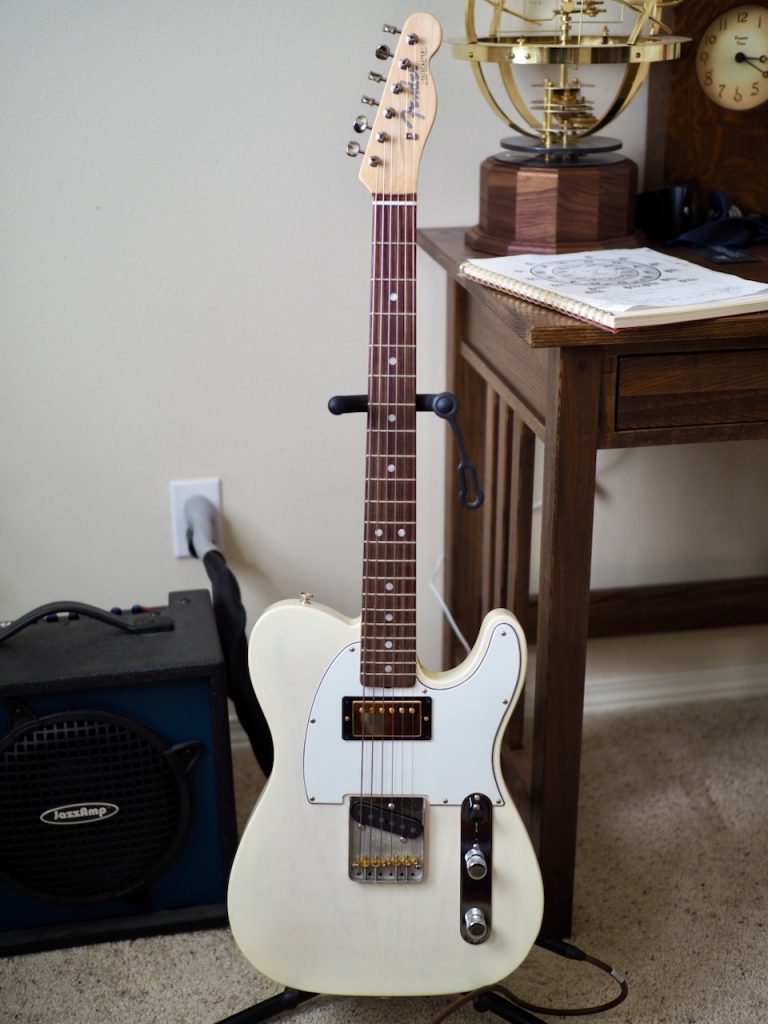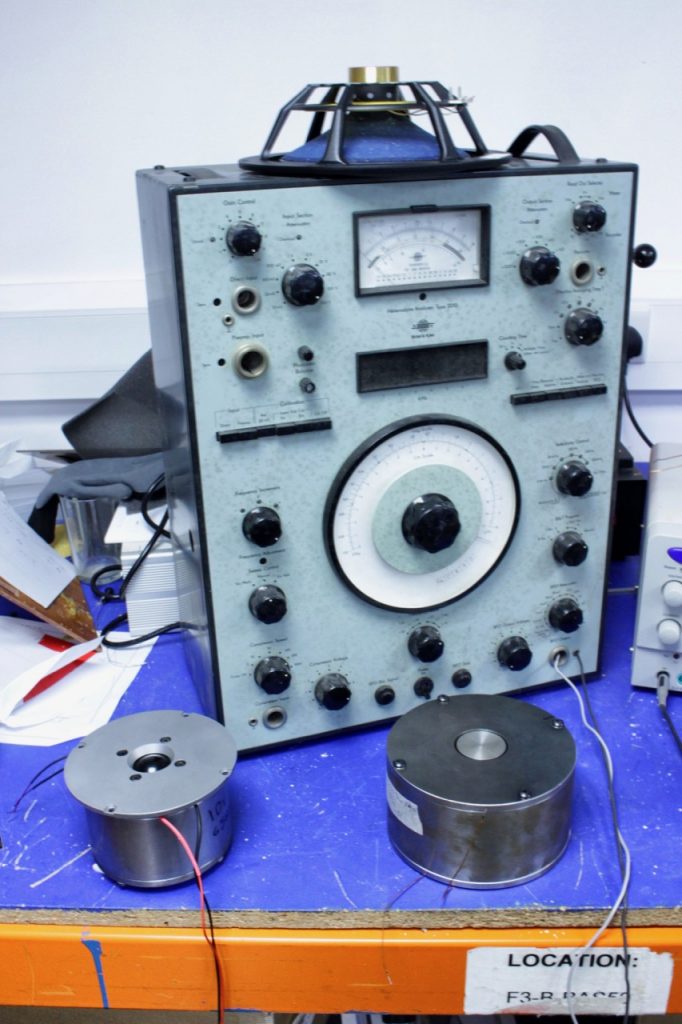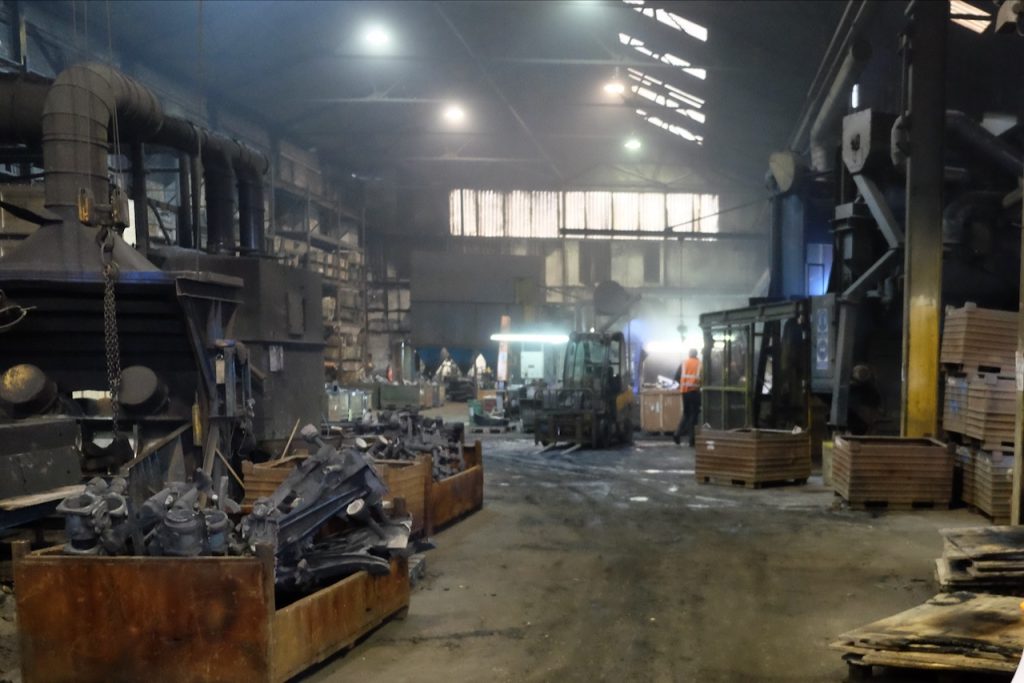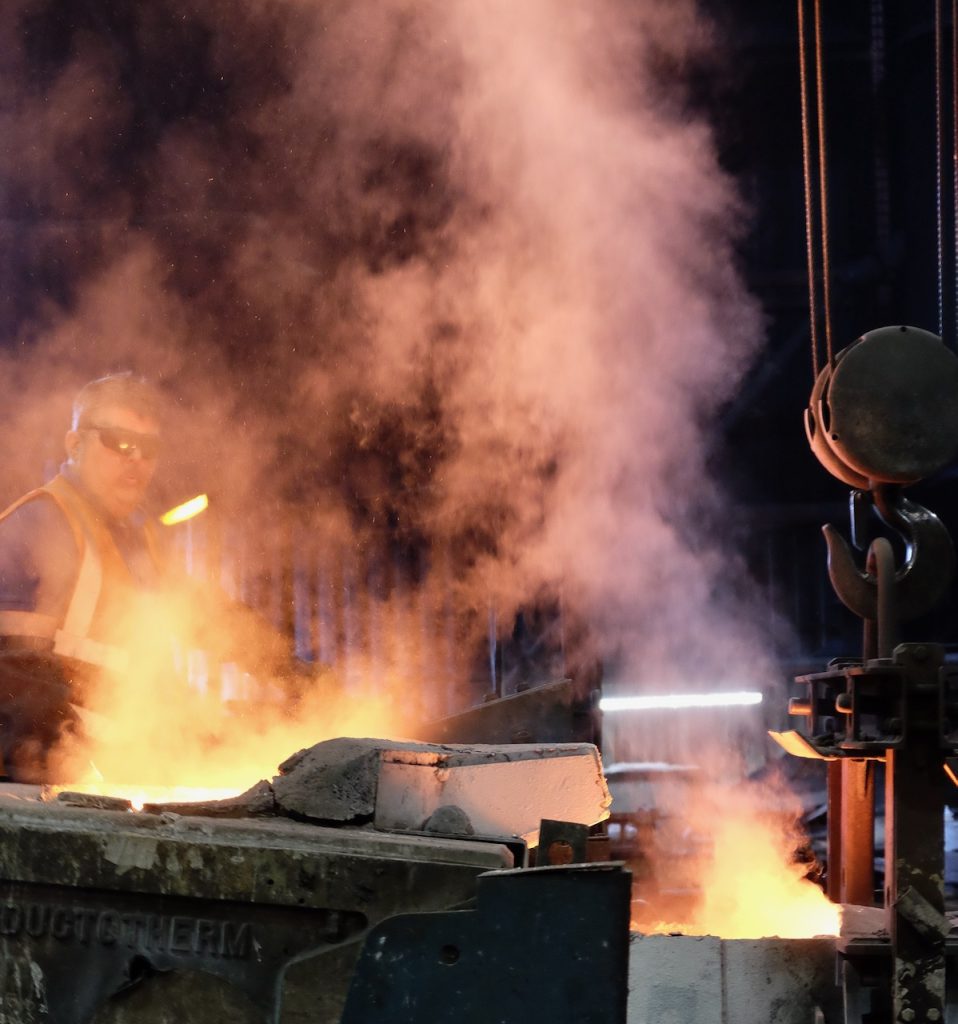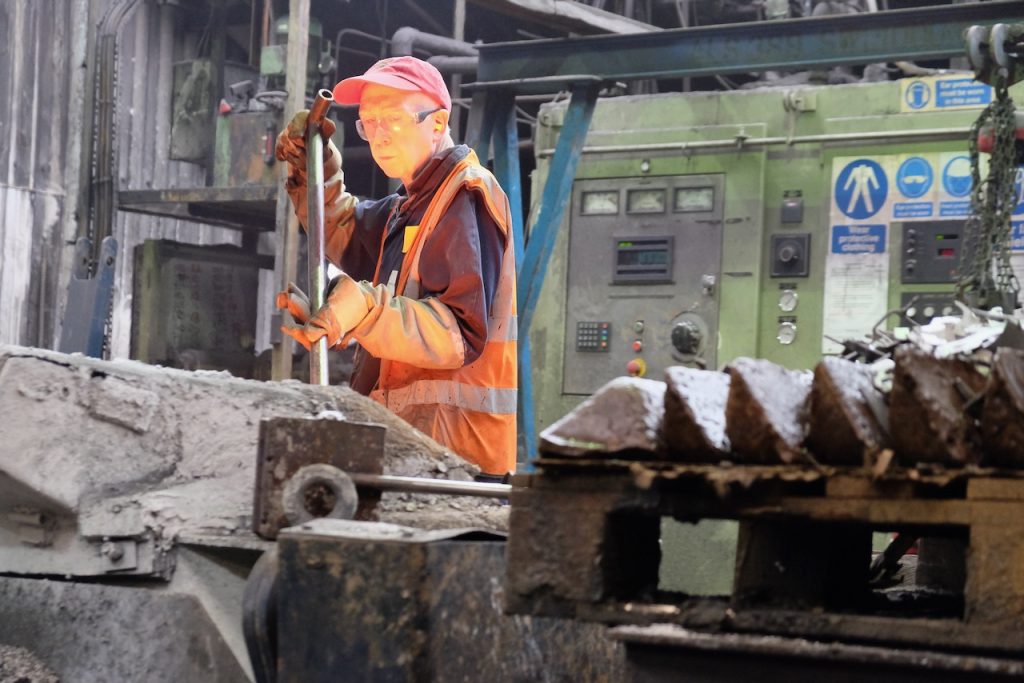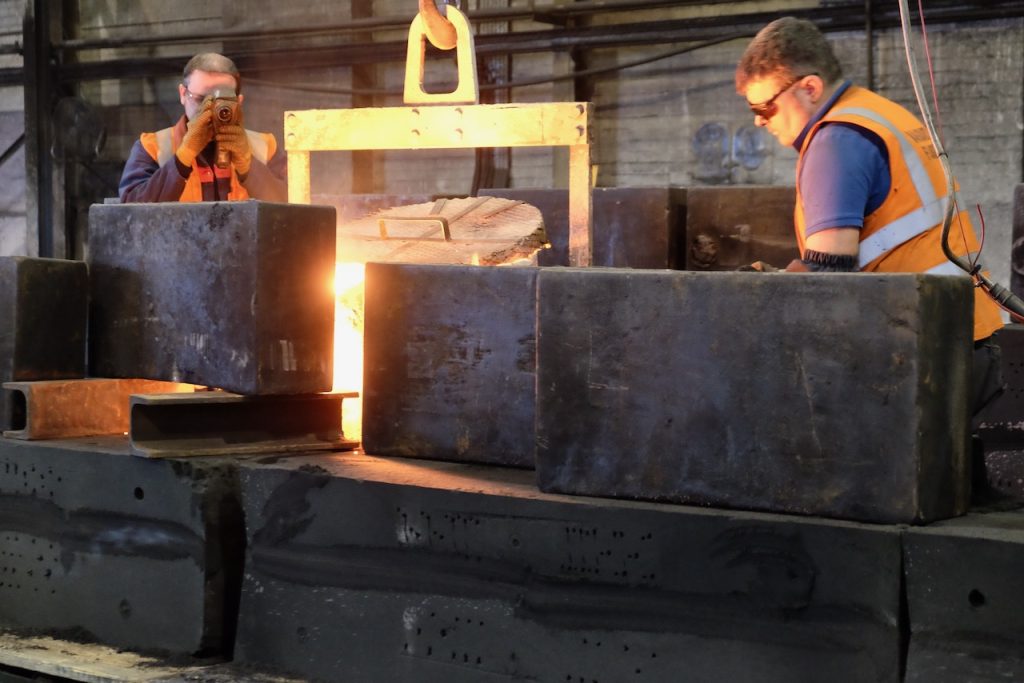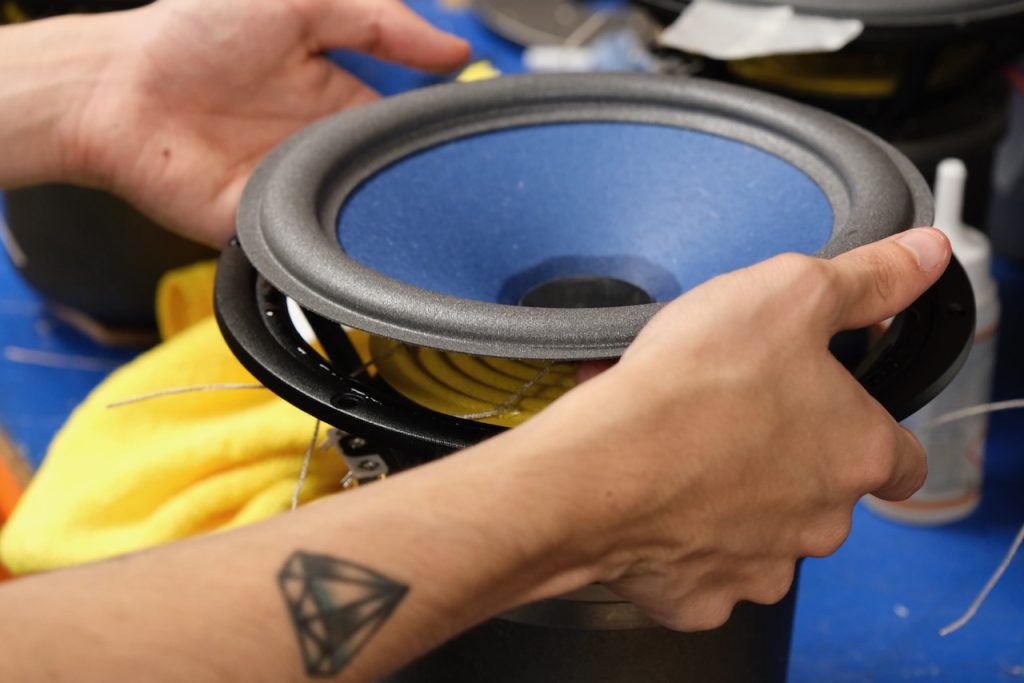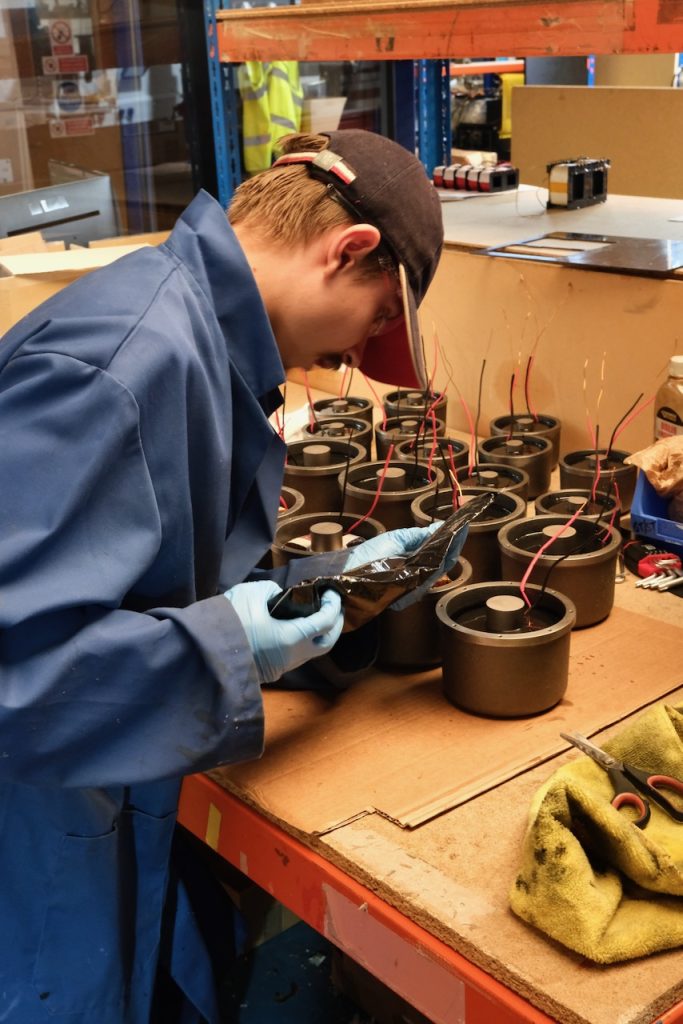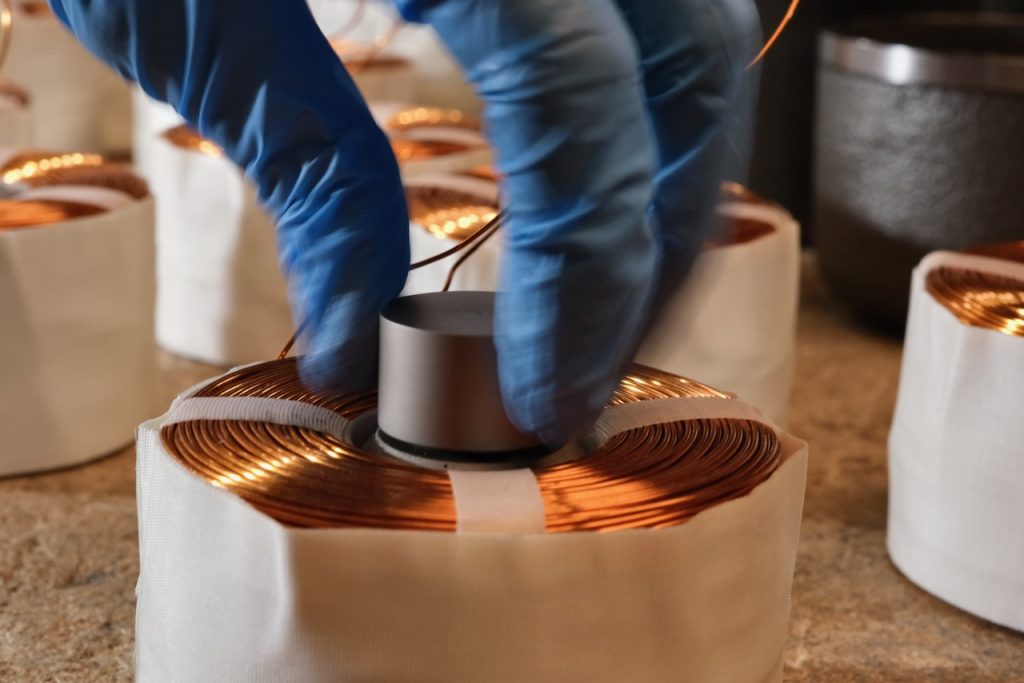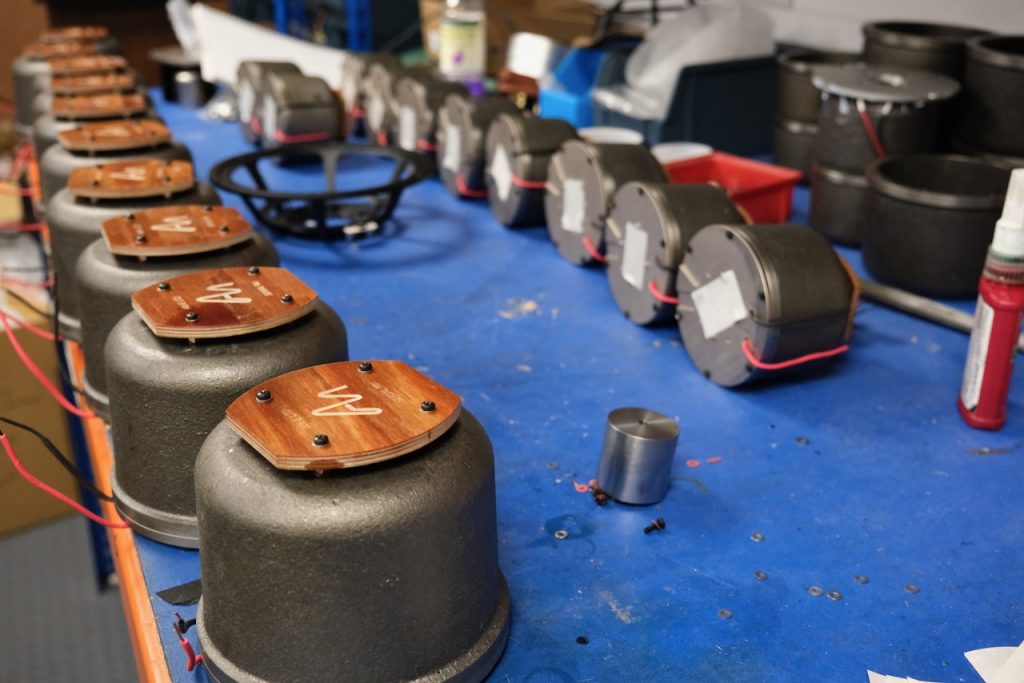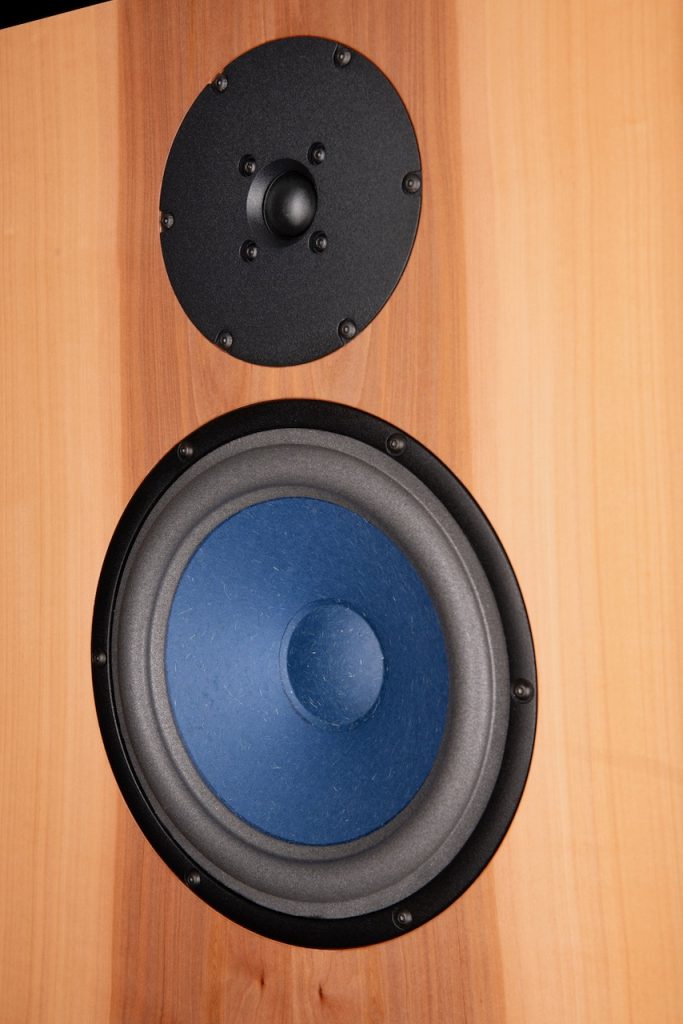Greetings friends, I hope you are well!
Back in 2019 I had an illuminating visit with Peter & Daniel Qvortrup, and all of the Audio Note (UK) family, at their facility just outside of Brighton, England.
I was impressed with Audio Note (UK)'s passionate approach & devotion to developing the ultimate in audio performance for the playback of recorded music with all its emotion and life intact.
Special projects abounded, and the one that really caught my eye was the new field-coil loudspeaker project that Daniel Qvortrup showed me (above) in their R&D lab.
Field-coil loudspeakers are one of those audio "Holy Grail" pursuits, and Audio Note (UK) has been developing and perfecting their design since my 2019 visit.
For more background information on the progression of the Audio Note (UK) field-coil loudspeakers project I recommend that you read these earlier articles:
- Audio Note (UK) Prototype Field-Coil Loudspeakers!
- Update on the Audio Note (UK) field-coil loudspeakers from Andy Grove!
The Audio Note (UK) AN-E Ltd. field-coil loudspeakers are now a production reality, have been making the rounds at hi-fi shows, and wowing audio enthusiasts around the world with their lofty levels of field-coil performance.
I suspect you'll be hearing a lot more about the exciting new AN-E Ltd. field-coil loudspeakers in the not too distant future!
Audio Note (UK) audio engineering wizard, Andy Grove, contacted me with his latest essay on the twists & turns in their journey in R&D that led to their new Audio Note (UK) AN-E Ltd. field-coil loudspeakers, and it is an fascinating read.
Thank you, Andy!
Without further ado, here's what Andy Grove had to say about their field-coil loudspeaker R&D adventures that led to the new Audio Note (UK) AN-E Ltd. field-coil loudspeakers.
Field coil drive units, using an electromagnet to generate the magnetic field with which the voice coil interacts (by Lorentz Force), date from the earliest days of electrical music reproduction. At the time, not long after the turn of the 20th century, permanent magnet technology was not sufficiently advanced to make a conveniently sized, and priced, speaker drive unit.
Electrical efficiency was much less of a consideration then, and there was often a ‘free’ source of power for the field coil, by using the speaker field coil as the smoothing choke in the device’s power supply. I have several radios and guitar amplifiers which work like this.
Over time, new materials were developed such as iron/nickel alloys (alnico etc.) and later ferrite ceramics (a sintered iron oxide complex) which could provide a compact, and in the case of a ferrite magnet, cheap, source of magnetic field. The increase in electrical efficiency required by battery operated radios made permanent magnets a good fit, as did the potential weight reduction for portable equipment.
Now, the question arises as to why revisit an older, now largely redundant technology?
As is usually the case, you may read comments from armchair experts that wire is wire, magnets are magnets and so forth. That’s usually because they don’t understand the subject in sufficient depth to realise that there may be subtleties involved that are beyond their current understanding. This is the Dunning-Kruger Effect in action.
Ask guitar players about magnets, though, and they will tell you that there are clear differences in texture and tonality between magnet types. In fact, pickups are constructed with specific materials in order to achieve a desired sound characteristic: A thick sounding, high output ceramic pickup designed for metal won’t work well for country pickin’ or rockabilly, where alnico is better suited.
The picture is actually similar with guitar speakers, where alnico, ceramic and now neodymium speakers are available with characteristics to suit the type of music being played and, of course, the musician’s personal taste.
When it comes to Hi-Fi, though, almost every speaker, from the cheapest bookshelf model to the most expensive floor standing monolith will have ferrite magnets.
Makes no difference right? Wrong.
I think the ubiquitous use of ferrite magnets is (apart from cost) down to the belief that tweaking the crossover, bass alignment and cabinet design can perform all the alchemy required to turn base (bass) elements into gold. It’s what people are taught, after all.
Although there are physical and audible differences between the different types of permanent magnet materials, they are all just that – permanent magnet materials. They retain magnetism almost like a permanent charge after being “pumped” by an external magnetic field.
Materials that retain magnetism like this are known as hard magnetic materials, and many of them are just that – physically hard and brittle. The physics of how a magnetic field is locked in, and remains in place essentially forever, is quite complex – but it is an inherent characteristic of the material itself, at the atomic level, influenced, too, by macroscopic crystal structure.
The materials used in transformers and other devices which must respond to a varying field and not retain any residual after a field has been applied, are known as soft magnetic materials and, indeed, many of them are physically soft.
To generate a magnetic field in a soft magnetic material requires an external polarising source, which is the field coil itself in this case. Once current ceases to flow in the field coil, the flux disappears, too.
All moving coil drive units work by a macroscopic manifestation of the Lorentz Force, experienced by moving electrons in the voice coil wire, driven through it by the amplifier.
There is a secondary effect, of course, in that the voice coil itself generates a magnetic field, which interacts with the static field itself and the materials used in the magnet’s construction. Now, the expectation is that the force experienced by the driver cone will be a closely proportional to the product of the magnitudes of voice coil current and static field, so any deviation from that results in non-linearity and distortion.
This is where field coil drivers are conceptually, and audibly, superior to permanent magnet drivers: They are more transparent and detailed, but, not with unnatural filigree but by way of lower signal-related hash.
The effect is not that there is more in terms of quantity from the speakers, there isn’t, there’s actually less. They sound calmer, more relaxed and graceful, yet there is now more information – in terms of tonality, subtle inflexion, atmosphere. What was previously obscured is now revealed. The scales have fallen from your ears!
What’s interesting and verging on profound here is that almost every speaker you have ever heard has suffered from the same problem, and you will be so used to it, it’s not until it vanishes that you notice it was there in the first place.
It’s almost like suffering defective vision from childhood, and then being given glasses for the first time.
There are valid conceptual explanations for the presence of this subliminal hash, one being Barkhausen noise, which is a kind of stepping or quantisation effect experienced by magnetic materials during magnetisation cycles, and hysteresis distortion, which is a little more difficult to explain, but causes noise and distortion, and both are far, far more pronounced in permanent magnet materials.
Although it had been talked about over the years, we finally decided to undertake the job of developing a field coil version of the AN-E.
We were hampered by covid induced delays and supply chain issues, however, after some initial calculations and modeling, we quite quickly arrived at working prototype drive units which were close to the alnico E drivers, and they did sound good. These were machined from EN1A and EN3B mild steel, which is widely available and easy to work with.
There was just one problem – both woofer and tweeter magnets were incredibly inefficient and generated a tremendous amount of heat, too much to be considered even close to production.
And there began the real journey of getting the efficiency up and the size down to practical levels, and that meant extensive research into materials and production methods.
It was obvious that using the “bent metal” kind of construction used in many of the older radio speakers was unlikely to work given our experience with the machined mild steel. So it looked like we were going to have to entirely machine the magnet, both the poles and the pot, which, would most likely be difficult and expensive with a high permeability iron (it’s so soft). The alternative was to investigate casting, along the lines of WE’s classic drivers.
After several iterations of dimensions we arrived at what seemed to be two workable magnet designs., one for the tweeter, one for the woofer and began discussions with a foundry in Britain’s Black Country, which has a long history of metalworking.
Working with them did reveal limits to what would be practical, not just in terms of physical design, but also the material used. We even discussed formulating particular iron alloy with them, but on consideration they declined, which seemed to have driven us into a dead end.
However, during a visit there, at the height of covid, we had quite an interesting discussion with their resident metallurgist, which inspired us to try what’s called a fully ferritised heat treatment of one of their cast iron materials. Understanding what that material is like on a microscopic level got us thinking that it might work.
To speed things up, we ordered some pre-cast bar stock of similar composition, had a local shop machine it into a representation of what the castings might eventually look like and built magnets with them. It became apparent that poles made of this material would not work, so they would have to be pure iron (we use a special type called Telar 57). However, the magnet “pot”, the outside of the magnet assembly and return path of the magnetic flux, worked perfectly.
This actually proved our understanding was roughly correct, but also flew directly in the face of perceived knowledge - that iron used in magnets must be low carbon, while nodular iron is very high carbon. The secret is in the subtleties of the alloy formulation and in the heat treatment, which creates a matrix of carbon depleted iron containing nodules of graphite. Much like raisins in a cake.
It’s actually surprising to feel the difference in density between a piece in nodular iron and one in steel, and that space taken up by carbon nodules (displacing iron) within it is why we couldn’t use it for the poles or top-plate. However, in the pot casting, it’s easy to add another few mm of thickness to compensate.
After a lot of discussion with the foundry, we finally had designs that could be reliably cast, so we went ahead and ordered the moulds and samples.
It was a long wait, due to covid, and it was quite nerve racking building a set of drivers with them but, to our great relief, the cast samples were even better than those machined from stock!
To put it into perspective, the very first mild steel prototype bass unit consumed around 45 watts, the latest design consumes about 15 watts – for the same gap flux!
That largely landmarked completion of development work on the magnets as all the problems with them had been solved satisfactorily and they sounded excellent, so we ordered sets of parts for a production run.
This left two more major electrical aspects to consider; the power supply and the crossover, both of which underwent rigorous scrutiny.
The original power supplies were passive, made of transformers, capacitors, chokes and resistors. There was some discussion as to how to implement that, and it became obvious that the speaker was actually very sensitive to what was feeding it DC power.
Sometimes it’s the listening - but not listening consciously - that reveals subtleties in audio design, and that’s how we discovered just how sensitive these speakers are to the PSU, both the electrical parameters and the parts used.
The problem with the passive supply was twofold: Firstly, its ability to absorb back emf from the field coil, and secondly stability to mains voltage variations.
There was some discussion about creating a supply which was ‘lean and mean’ with small capacitors and fast response. However, a simple experiment with a large capacitor connected via crocodile clips showed that wasn’t the right direction to be headed in.
There is also a fairly tight Goldilocks zone where of supply voltage within which the drive units like to sit, especially the bass unit. Drifting out of the zone upsets the overall feel of the bass, becoming too stiff or loose depending on the voltage drifting up or down due to mains fluctuations.
In order to make something stable and convenient we decided to develop an active power supply, based on an in-house mains transformer and stabiliser circuitry developed from the filament supplies used in the M3 to M10 preamps. The DC operating point is locked down fairly tightly, yet, when transitioning into the audio band, the output impedance rises slightly, to avoid an unnatural grip. In a practical sense, they are quiet, compact and cool running as well.
Speakers higher up in the range may benefit from a more exotic power supply, but that’s something for the future.
There was much work done on the crossover, not so much as to develop a new type, but in order to ensure the combined profiles of the field coil drivers (with their fundamentally different mode of operation) and crossover together would be a natural evolution of the existing AN-E as a whole, with a clear tonal lineage.
It was found that much of the original crossover functioned perfectly well in the new speaker, which means the existing speaker product grid of cables and components will also work. There is one slight difference, though, in that a new hand-made resistor was developed specifically for these speakers.
The increased transparency of the field coil drivers exposed shortcomings in off-the-shelf resistors, and that is the influence of the substrate material – almost always some type of ceramic, usually alumina (fused aluminium oxide).
There is always a subtle (or sometimes not so subtle) ceramic “zing” to those resistors and, once again, as they are used absolutely everywhere, it’s unlikely you have ever heard a speaker without that characteristic.
To avoid it, we developed our own hand-wound resistor using a phenolic former. That entirely eliminated the problem, and exposed another layer of inner detail which was previously obscured.
The drivers are substantially bigger and heavier than even the alnico versions and that required modifications to the cabinet, the tweeter face plate and the woofer basket.
With regard to sound quality, the tweeter face plate (above) is the most interesting and was actually very time consuming to get right.
We entirely redesigned the face plate mounting surface so it is much more firmly coupled to the magnet body metalwork and use a cork gasket to aid with damping. Additionally, after numerous trials with aluminium and various plastic materials, we arrived at a non magnetic steel alloy, over which a powder coat is applied.
During this rather long journey, we did make a lot of side discoveries that might make it into future, even more high-end speakers, we shall see ...
Thank you, Andy, for telling us about the R&D adventures that led to the current production version of the Audio Note (UK) AN-E Ltd. field coil loudspeakers.
As you can see from Andy's concluding "..." the field-coil adventure at Audio Note (UK) is ongoing ... and I'll keep you appraised about any news I hear!
Ok, that's it for now. As always, thanks for stopping by, and may the tone be with you!





